소개
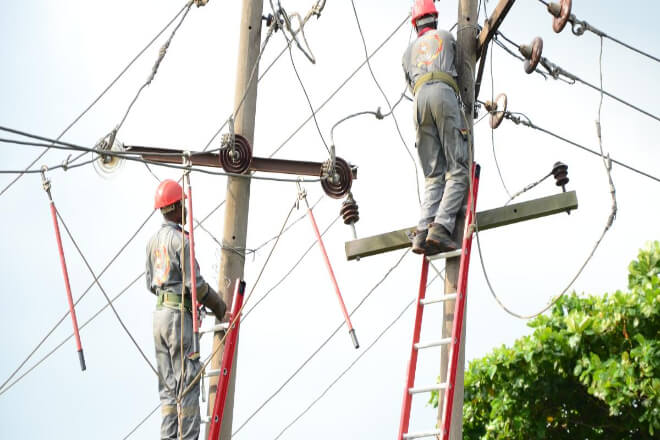
Is the LED 디스플레이 really suitable for installation in areas with an unstable 전원? This is a headache for many users and enterprises.
Power fluctuations may not only affect the normal display of the screen, but also bring high maintenance costs and operational risks.
So, how can we ensure the stable operation of the LED screen in such an environment?
목차
1. Potential impact of unstable power on LED display
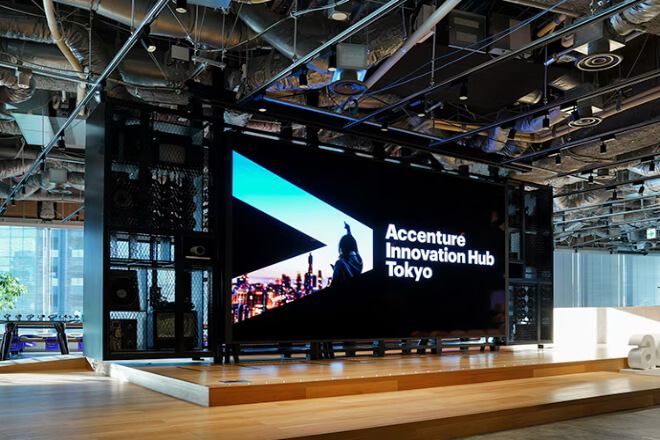
In some areas where the power supply is not stable, the operation of LED display screens is often affected.
A screen that seems to be working normally may have a frozen screen, a black screen, or even the internal hardware burned out due to sudden power outages, repeated flashes, unstable voltage, etc.
Once these problems occur, they will affect not only the picture but also the operation and maintenance costs.
The most feared thing during the operation of the LED display is a sudden power outage, especially when the large screen is playing at high brightness.
The system is running at high speed, and the sudden power cut is like a person being pulled to stop.
이때에는 module, power supply, and control card on the screen may be damaged due to voltage mutation.
In serious cases, some modules may be scrapped directly, resulting in local bright spots and black blocks that cannot be repaired. I don’t think it’s just a “power outage”; it’s not cheap to repair.
In some places, the power is not completely out, but the kind of “jumping” flashing – just lit up and then went out, just off and then lit up. This repeated switching process is particularly harmful to the power supply.
The power supply has to restart continuously and deal with sudden current shocks, just like asking it to do squats every day to exercise its physical fitness. Sooner or later, it will be “trained up”.
What’s more troublesome is that after the power supply ages, it will begin to be “emotionally unstable”: sometimes it doesn’t respond when it’s turned on, sometimes it suddenly flashes, and the screen status becomes unpredictable.
For many customers who do advertising, the LED screen is not a decoration, but a display platform that has to “work” every day.
Once the screen playback is interrupted and the advertisement is not finished, the customer doesn’t care whether you have a power outage.
Or not – the contract states that it will play from a certain time to a certain time, and you have to do it.
Especially for some large screens with good locations, such as the facades of shopping districts, high-speed rail stations.
And subway entrances, a blackout is a loss of reputation, and serious ones may even require compensation.
Don’t forget that customers pay for exposure, not for your “temporary repairs”.
In the system that controls the LED screen, there are generally storage chips or control cards.
Which are responsible for saving information such as playback content, 명도 settings, and timed power on and off.
But these chips are also afraid of power outages, especially when they are “writing” data.
If there is a sudden power outage and the data is not written, the next time you turn it on, it may be “stuck”: either the playback content is messed up, or it can’t start at all.
If there is no backup mechanism, some old equipment may even have to be “re-cultivated” and everything set up from scratch.
2. What kind of LED screen can "withstand" voltage fluctuations better?
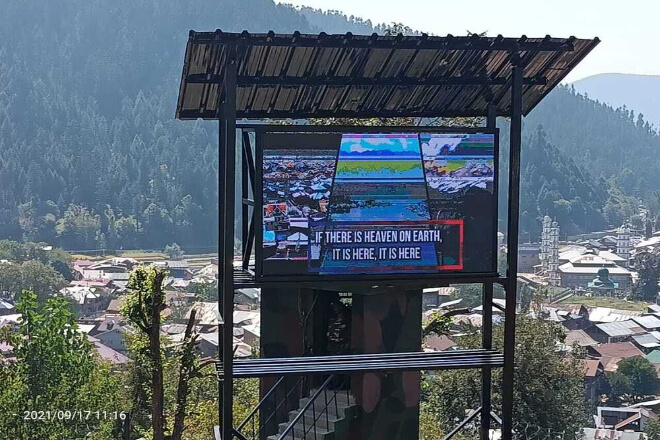
In the face of an unstable power environment, it is particularly important to choose a “durable” LED display.
After all, the life and stability of the screen are often “supported” by internal components and design.
So, what kind of LED screen is more suitable for places with frequent voltage fluctuations?
1). Surge resistance of the power module
The first thing to look at is the power module. A good 전원 can not only provide a stable power supply, but also has surge resistance, that is, it can withstand sudden voltage spikes and drops.
When the power environment is “scary”, surge protection is like installing a “safety airbag” for the screen to prevent the instantaneous high voltage from burning the power supply.
LED screen manufacturers with reliable quality on the market usually choose surge-resistant power supplies with international certification to ensure the stability of the screen.
2). Industrial-grade power supply vs. ordinary power supply
Secondly, there is a big difference between an industrial-grade power supply and an ordinary power supply.
Ordinary power supplies are often suitable for stable power grid environments, and the design has limited tolerance for voltage fluctuations.
Industrial-grade power supplies are specially designed for harsh environments, can work in a wider voltage range, and have built-in overload protection and overheating protection.
In short, industrial-grade power supplies are more resistant to “torment” and are not afraid of voltage fluctuations.
3). Driver IC with large voltage tolerance
Next is the driver IC, which is the chip that controls each LED to light up. When the voltage fluctuates greatly.
If the driver IC can adapt to a wider operating voltage range, it can reduce display abnormalities caused by abnormal voltage.
For example, screen distortion and flickering. Now, many mid-to-high-end LED screens are equipped with such chips with a large tolerance to improve the overall anti-interference ability.
4). Control system with power-off protection and self-recovery function
Finally, the intelligence of the control system is also critical. The control card with power-off protection function can automatically save the current state when the power is suddenly cut off to prevent data loss.
The self-recovery function allows the system to automatically restart and resume normal playback after the power is restored, reducing manual intervention.
This type of design not only protects the equipment but also ensures the continuity of the content.
3. In areas with unstable power supply, should "low-power" LED screens be selected?
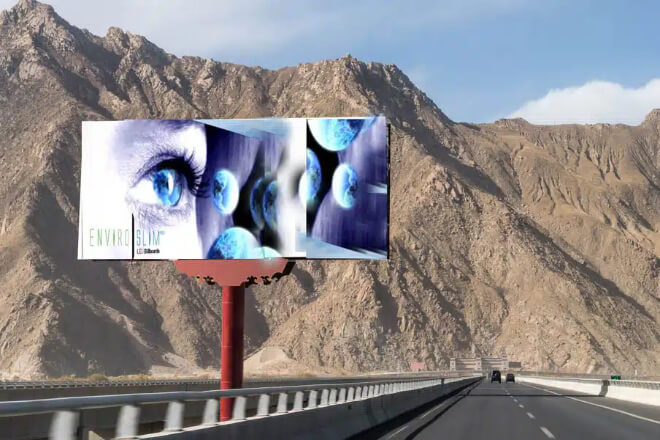
When installing LED screens in places where the voltage often fluctuates, many people will consider the following question: Should we choose the “low-power” one?
In simple terms, is the screen that saves more power safer and more stable to use?
This idea makes sense. LED screens with low power consumption do not require so much power, and are not prone to sudden tripping or overheating.
Especially in places where power supply is tight and power tripping is easy during peak hours, the screen itself consumes less power, which is indeed more stable and less prone to failure.
Moreover, the temperature of the power-saving screen itself is not so high, and it will not “get hot” as soon as it is turned on like the high-power ones, which is also a plus for the service life.
But it should also be noted that although power saving is good, some low-power screens may make some trade-offs in picture performance in order to achieve the purpose of “saving”.
For example, if the 명도 is not so high, the smoothness of screen switching will also decrease.
For example, occasions such as outdoor advertising and event 단계 have high requirements for picture effects.
If the screen brightness is not enough, it is likely that nothing can be seen clearly when the sun shines during the day. At this time, you can’t just pursue “power saving”; you have to look at the actual needs.
Now, some new LED screens use smarter power-saving technologies, such as automatic brightness adjustment, current is only used in the parts that are really needed, etc.
These designs can reduce power consumption to a more reasonable level while ensuring that the picture is still good.
It is different from the previous method of “reducing image quality to save power”, and the experience is much better.
Another point worth mentioning is that if your LED screen is used with solar energy or needs to be connected to a backup power supply (such as a UPS power supply), then a low-power screen is particularly suitable.
Because these power supplies themselves have limited power, the more power-saving the screen is, the longer it can last.
Whether it is for emergency use or daily solar power generation, this kind of screen can run more steadily.
4. How can the problem of instability be solved through power supply solutions?
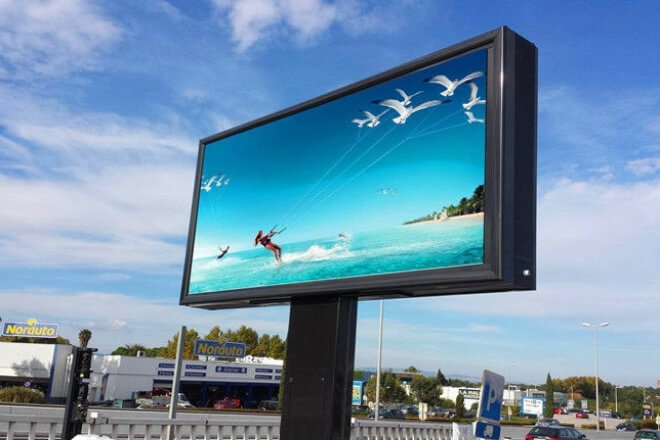
If choosing a “more power-resistant” LED screen is a passive defense, then making a good power supply system is an active attack.
Especially in places where the power supply itself is not stable, it is not enough to rely on “the screen itself is durable”, and we have to find a way from the power supply side, so that the LED screen can run more safely.
1). Use a UPS uninterruptible power supply to avoid a “sudden black screen.”
The so-called UPS is to equip the LED screen with a backup battery system. When the city power is suddenly cut off, UPS can immediately take over the power supply.
Even if it is only for a few minutes, it can give the system a “buffer” to allow it to shut down normally or transition smoothly, so that the screen will not go black or data will not be lost instantly.
The basic UPS system includes batteries, control modules, and some can also monitor voltage conditions.
For places where power outages are frequent, this set is like an “airbag” that can save lives at critical moments.
2). Voltage stabilizers and lightning protection equipment are also indispensable
Power instability often causes not only power outages, but also “voltage surges” or “voltage drops”.
The role of the voltage stabilizer is to “level” these high and low voltages, maintain a stable power supply, and prevent problems with the voltage received by the LED screen.
Not to mention the lightning protection device, especially for 옥외 LED 스크린. If there is no lightning protection installed during thunderstorms in summer.
It may be damaged by lightning in minutes, and the maintenance cost is much higher than installing a set of protection equipment.
3). Solar energy + energy storage is a good “backup player”
If the power supply conditions are really too poor, or there are frequent large-scale power outages.
You can consider equipping the LED screen with a set of solar energy + energy storage battery auxiliary solutions.
Use solar panels to charge during the day, and use energy storage batteries at night or when there is a sudden power outage. However, this method has a higher initial investment.
But it is energy-saving and reliable in the later stage, especially suitable for remote mountainous areas, transportation stations, remote villages, and towns that are not easy to access stable power grids.
4). Multi-circuit power supply design to avoid “all-out shutdown”
There is also a solution that is often overlooked but very practical: make the power system of the LED screen a multi-circuit, distributed design.
In short, it is not to let a large screen rely on one power supply, but to divide it into several routes and supply power separately.
In this way, even if there is a problem with one route, the other parts can still operate normally, and it will not be “annihilated”. For large LED screens or important places, this design can greatly reduce the risk.
5. Content update and operation strategy: Dealing with "disconnection at any time"
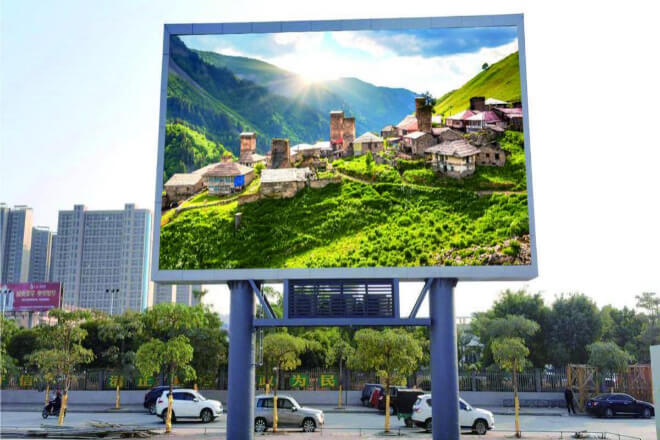
In an environment with an unstable power supply, it is quite common for LED screens to go black at any time.
The key is that the hardware can withstand it, but hardware alone is not enough. Content playback and management must also be prepared.
So as to avoid “turnover” after power outages as much as possible, so that the screen can be restored more smoothly and the operation can be more worry-free.
1). Automatic saving and breakpoint resumption, don’t waste power outages
Nowadays, many LED control systems have the function of automatically saving playback progress, but many users do not turn it on properly or set it unreasonably.
In fact, as long as the setting is proper, the system can automatically save the current playback position every few minutes.
In this way, even if there is a sudden power outage and restart, it can continue to play from the disconnected place without re-uploading content and re-arranging programs.
For content with a fixed playback order, such as advertising and information release, breakpoint resumption can save you a lot of trouble, saving time and appearing professional.
2). Remote control, you can control the overall situation without going to the site
LED screens are sometimes installed in remote or crowded places, such as highways, town squares, or bus shelters.
When you encounter a problem, it is difficult to deal with it immediately on-site. At this time, the remote control system is very useful.
You can check the status of the device at any time through a mobile phone or computer, restart the machine remotely, and even quickly push updated content.
This not only saves manpower and material resources, but also avoids the problem of delaying normal use.
3). Don’t be too “stingy” with cache, and leave enough content to be enough
In order to save storage space, some playback systems set the cache content very conservatively and may only keep a few program files.
It usually has no impact, but once there is a power outage or network fluctuation, it is easy to fail to load and lose content if the cache is not enough.
It is recommended that the cache capacity be increased appropriately without affecting operating efficiency.
For example, leave about one day of playback content. In this way, even if the power is off for a while, the system can read the content normally from the cache to ensure that the playback is not interrupted.
4). In high-risk time periods, appropriate “load reduction” to protect the screen for a longer time
In some areas, electricity is particularly prone to fluctuations during peak power consumption or thunderstorms.
For such high-risk periods, the operation strategy of the LED screen can also be adjusted.
For example, during these hours, try not to play high-brightness, large-area dynamic videos, and use low-brightness static pictures or concise text messages instead.
Doing so can not only reduce power consumption but also reduce system pressure and avoid screen overload and failure.
After all, “staying up late and working hard” is not as good as “being steady and stable”. The equipment can last longer, which is truly cost-effective.
6. Risk assessment and operation and maintenance suggestions before installation
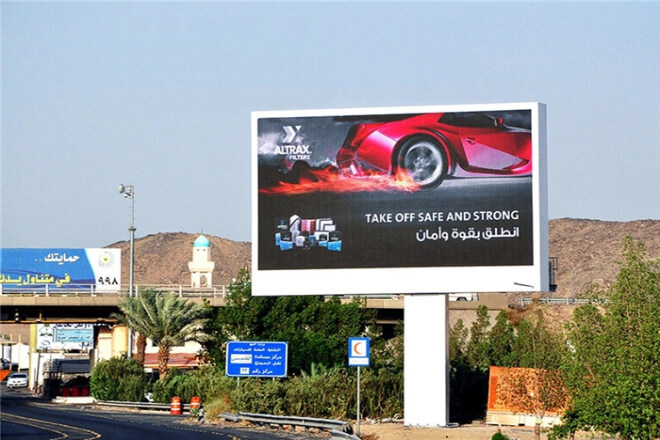
In the face of unstable power, the installation of LED display screens cannot be started casually.
Doing a good risk assessment in advance and formulating a reasonable operation and maintenance plan are the keys to ensuring smooth subsequent use.
1). Assess the frequency and intensity of local power fluctuations
First of all, it is necessary to understand the actual situation of local power supply, especially the frequency and amplitude of voltage fluctuations.
For example, how many times a day does a power outage occur? How big is the voltage change?
These data can help you judge how strong the screen needs to resist fluctuations, and whether to install a voltage stabilizer or backup power supply.
Without this link, it is easy to be “confused” when problems arise later, and it is difficult to solve them in a targeted manner.
2). It is recommended to negotiate with the power company for a dedicated line or a more stable power supply
If conditions permit, it is recommended to actively communicate with the local power company to arrange a dedicated line for the power supply part of the LED screen, or optimize the stability of the power supply of the power grid.
Although the cost of a dedicated power supply may be slightly higher, it can significantly reduce the risk of voltage fluctuations and sudden power outages, and is an effective means to improve the reliability of the screen.
This step is particularly critical in important places such as shopping malls and transportation hubs.
3). Strengthen post-maintenance and establish a power supply detection and replacement mechanism
After the installation is completed, operation and maintenance work are equally important.
It is recommended that a regular detection mechanism for power supply equipment, especially power modules and voltage stabilizers, be established to promptly detect aging or abnormal conditions and replace them.
The power supply is the “lifeline” of the stable operation of the LED screen, and neglecting maintenance can easily lead to equipment failure.
Regular maintenance also includes cleaning the power supply line to ensure good contact and avoid intermittent power outages caused by poor contact.
4). It is more reliable to choose a manufacturer with a power outage environment adaptation solution
Finally, when purchasing, it is important to focus on whether the LED screen manufacturer provides special solutions for power outages and voltage fluctuation environments.
For example, whether there is a supporting UPS solution, surge protection, and whether the control system supports breakpoint resumption and remote management.
An experienced and well-serviced manufacturer can help you avoid many troubles caused by unstable power in advance, and after-sales service is more guaranteed.
7. 결론
Unstable power does bring many challenges to the installation and use of LED display screens.
But by choosing the right equipment, optimizing the power supply plan, and adopting effective operation and maintenance strategies, we can completely minimize these risks.
마지막으로 LED 디스플레이 화면에 대해 더 알고 싶다면, 우리에게 연락해주세요.
